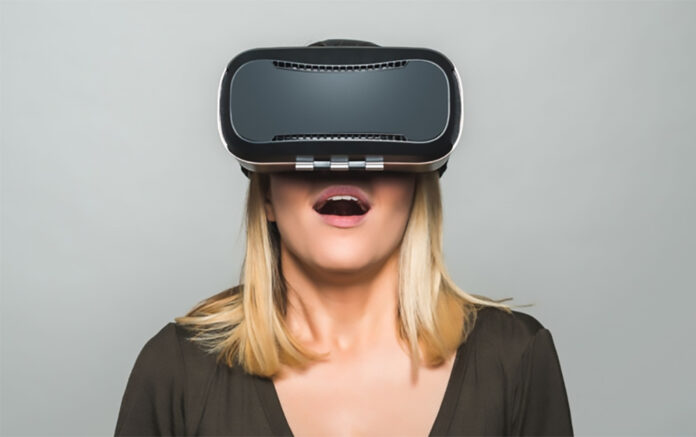by Peter Barclay
Using health misinformation as a catalyst for patient engagement might sound like an oxymoron. After all, false claims and pseudo‑science are usually seen as barriers to good care. But at the Lifestyle Medicine Conference in Grapevine, Texas, earlier today, Dr Alice Burron flipped that assumption on its head.
In her presentation, “Using Health Misinformation as a Catalyst for Patient Engagement and Empowerment,” she argued that misinformation can be more than a problem—it can be a spark.
Instead of shutting patients down when they bring questionable ideas into the clinic, Burron urged clinicians to treat those beliefs as openings for dialogue, trust‑building, and ultimately, empowerment.
The misinformation challenge
Health misinformation, Burron explained, is any claim that is false, misleading, or lacking a sound evidence base. It thrives in the modern marketplace, where dietary supplements are projected to balloon from USD 51.4 billion in 2024 to USD 119.1 billion by 2035, and where more than USD 1 billion is spent annually on advertising for weight‑loss and diabetes drugs.
Against this backdrop, patients are bombarded with promises of quick fixes, pseudo‑scientific jargon, and emotionaoit fear, urgency, and hope.
Burron highlighted the psychological biases that make misinformation so persuasive. Confirmation bias leads people to seek information that validates their existing beliefs. The availability heuristic convinces them that what they hear most often must be true.
Optimistic bias makes individuals believe they are less at risk than others, while the bandwagon effect pushes them to follow trends for validation. These invisible drivers, she argued, explain why misinformation resonates so deeply and why dismissing it outright often alienates patients.
Manipulation to engagement
Instead of viewing misinformation as a barrier, Burron urged clinicians to see it as a catalyst. Emotional hooks, before‑and‑after testimonials, and parasocial relationships with influencers can be reframed as opportunities to ask open‑ended questions.
Using motivational interviewing techniques such as OARS—open questions, affirmations, reflective listening, and summaries—clinicians can explore what patients hope to achieve, what they have tried, and how they decide what to trust.
This approach shifts the dynamic from correction to collaboration. “Belief,” Burron noted, “is the mind’s permission slip to try.” By acknowledging belief as momentum, clinicians can reposition themselves as thinking partners, guiding patients toward evidence‑based choices without extinguishing their hope.
Strategic tools
Burron introduced practical frameworks to help patients evaluate health claims strategically. The DIKW model (data, information, knowledge, wisdom) encourages patients to move beyond raw data toward actionable wisdom. The CREECS framework—Commitment, Risk, Effectiveness, Effort, Cost, Support—offers a structured way to assess interventions. The Strategic Hope model reframes optimism as a resource to be invested wisely, ensuring that hope yields sustainable health outcomes.
She also emphasised the importance of health literacy as a life skill. More information does not automatically translate to better outcomes; instead, patients need guardrails. Setting personal health philosophies, she suggested, such as limiting new interventions, validating information, and resisting influencer sway. These guardrails empower patients to navigate the crowded marketplace of health claims with confidence.
For lifestyle medicine practitioners, Burron’s message resonates deeply. The field is built on prevention, empowerment, and patient partnership. By treating misinformation not as an obstacle but as a spark, clinicians can transform confusion into curiosity and scepticism into dialogue.
This reframing positions lifestyle medicine at the forefront of combating misinformation—not through confrontation, but by engagement.
Call to action
Dr Burron’s presentation wasn’t simply about identifying the problem; it was about reimagining the solution. In a world where misinformation is inevitable, clinicians must learn to work with it, not against it.
By listening empathetically, asking strategic questions, and equipping patients with evaluative tools, lifestyle medicine can turn misinformation into a powerful catalyst for empowerment.
As the Grapevine conference continues, Burron’s insights serve as a reminder: the battle against misinformation will not be won by silencing voices, but by amplifying evidence in ways that respect patient agency.
In doing so, lifestyle medicine can help patients move from confusion to clarity—and from passive recipients of health claims to active navigators of their own wellbeing.





